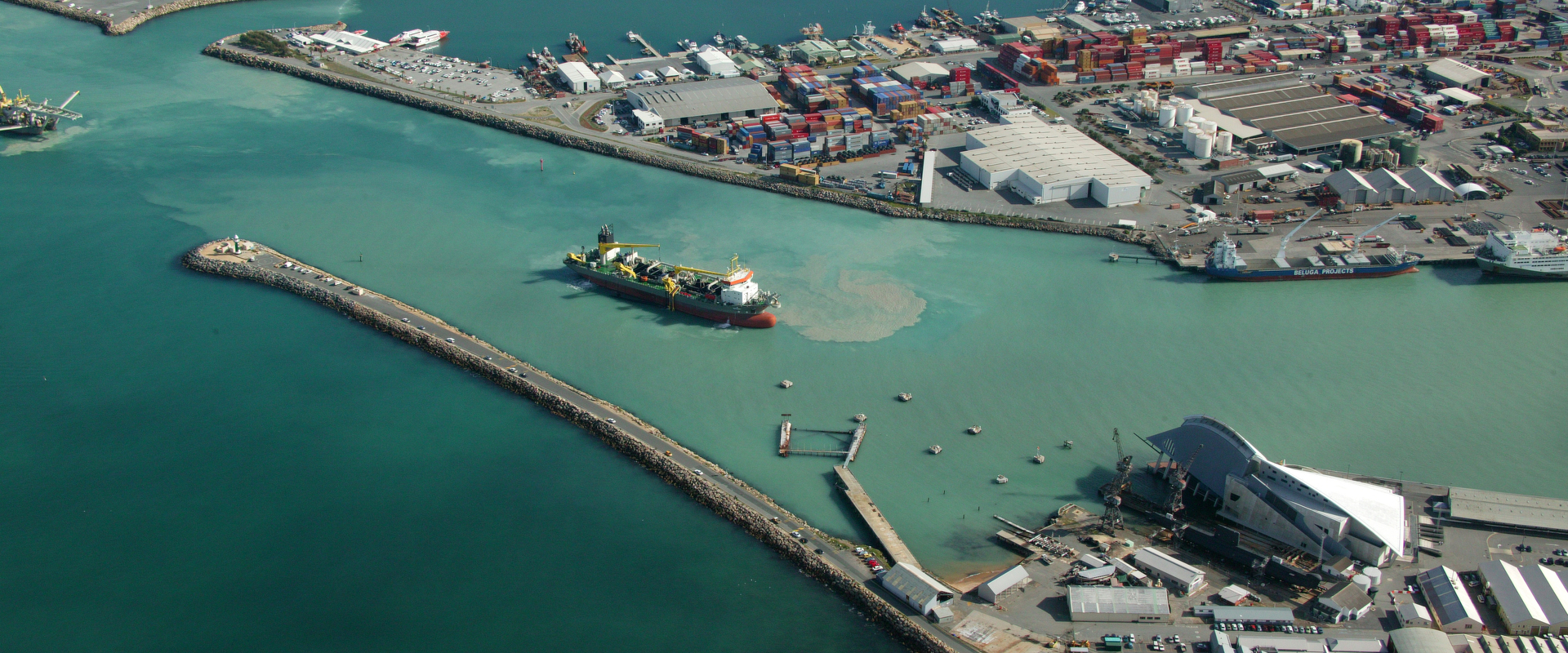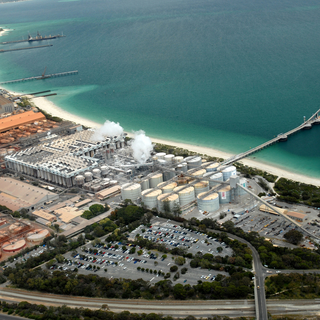
Inner Harbour Deepening and Reclamation Monitoring Fremantle Ports
We were engaged by Fremantle Ports to develop and implement the marine monitoring program required to assess and manage the potential impacts from dredging and reclamation works.
Between 2009 and 2011, Fremantle Ports deepened the Deep Water Channel, Entrance Channel and Inner Harbour to allow 14 m draft ships to utilise the Fremantle Inner Harbour, and reclaimed of a large area of seabed at Rous Head. The project involved the dredging of ~3.1 million cubic meters of limestone and sandy sediment.
We were engaged by Fremantle Ports to develop and implement the marine monitoring program required to assess and manage the potential impacts from dredging and reclamation works. The protection of adjacent seagrass meadows, coral outcrops, and public recreation values of local beaches were key priorities of the monitoring program.
Drawing on vast local experience and expertise, we developed a robust, pragmatic marine monitoring program in collaboration with key stakeholders to the satisfaction of environmental and public health regulators.
We assembled a field team with capacity to respond to requisite and contingency monitoring on a weekly basis.
Due to extreme public interest (with dredge plumes generated adjacent to public swimming beaches), communication of monitoring results was of utmost priority. We ensured that the project was resourced to appropriately analyse, quality check and report on findings on a weekly basis.

We were engaged by Fremantle Ports to project manage and provide expert technical advice on marine environmental assessment of a major port facility.

We have been engaged by Water Corporation since 2011 to oversee this multidimensional marine quality monitoring program.

Coral data collection in this project is using the line transect method used to describe the structure of coral communities by looking at live coral cover, dead coral, substrate forms (sand, mud), algae and the presence of other biota.

We were approached with the requirement for an Integrated Marine Monitoring System (IMMS) to closely monitor the asset during pull-in, operation and disconnect.